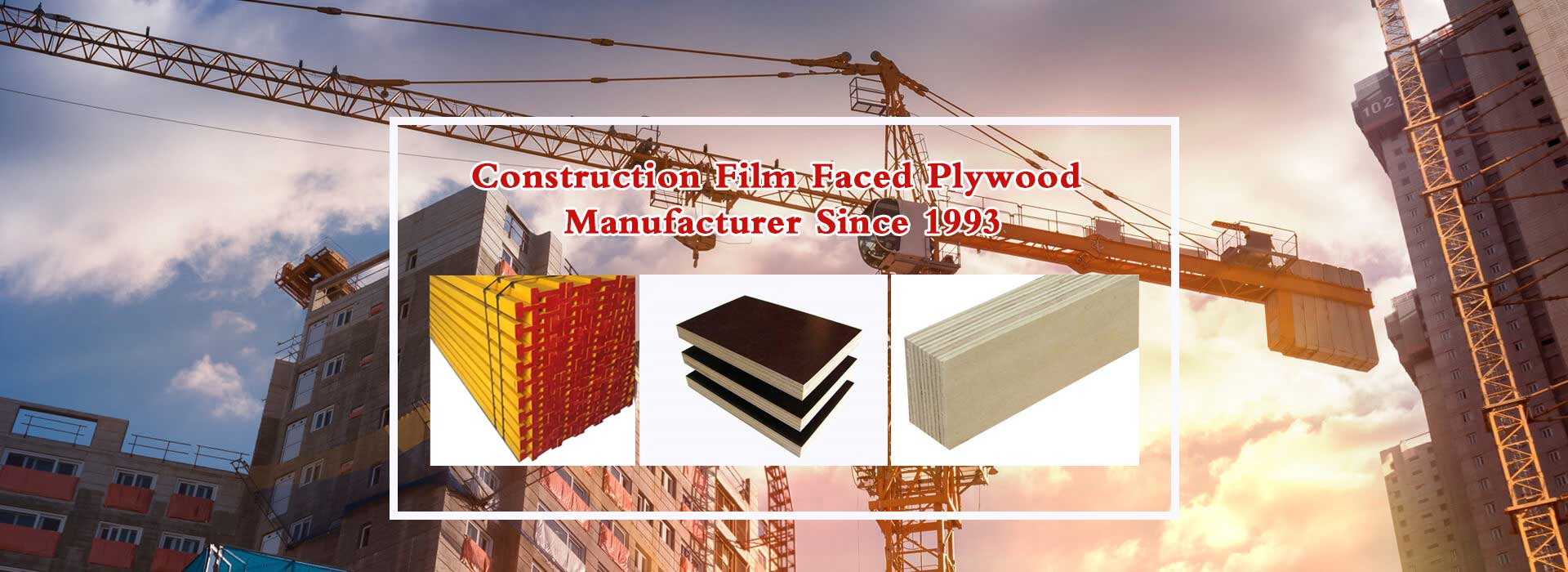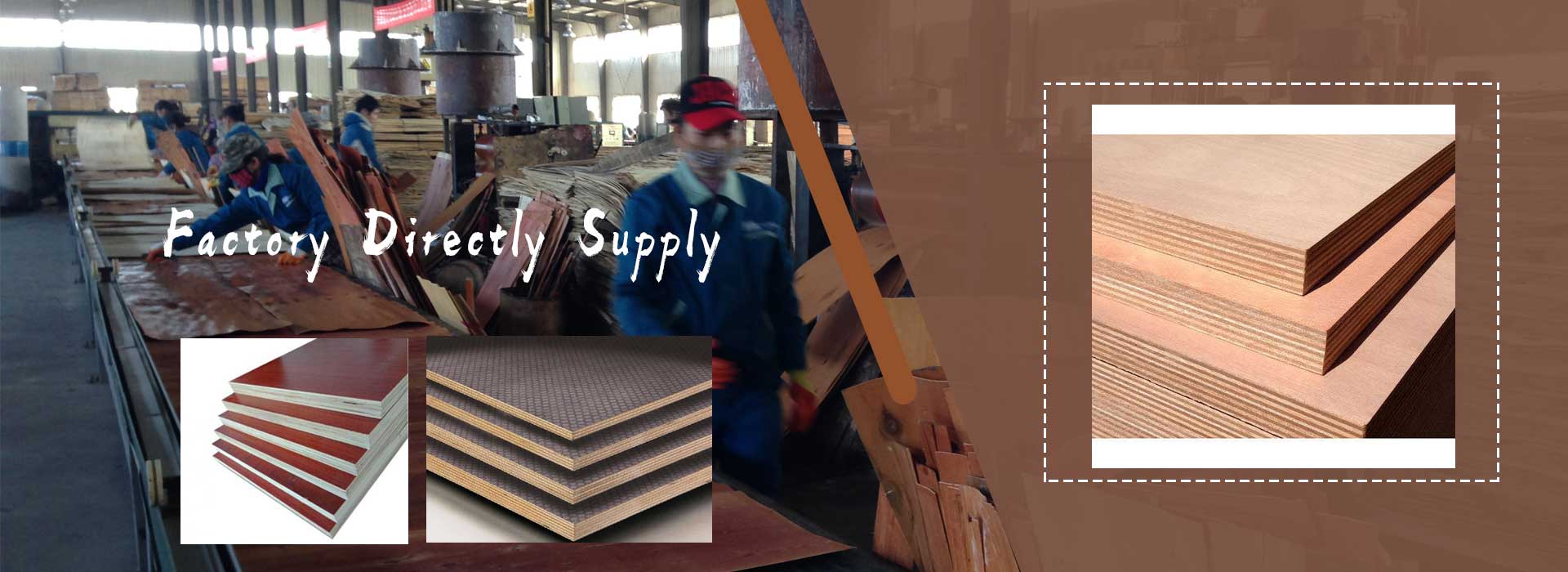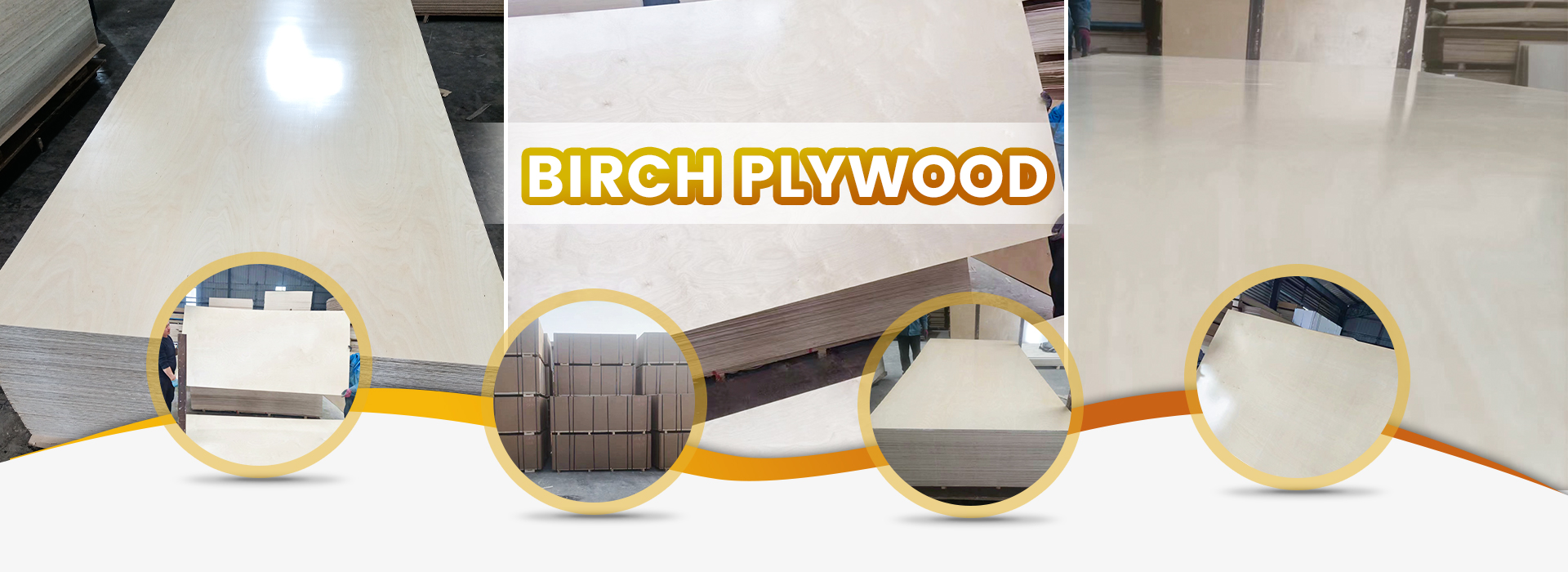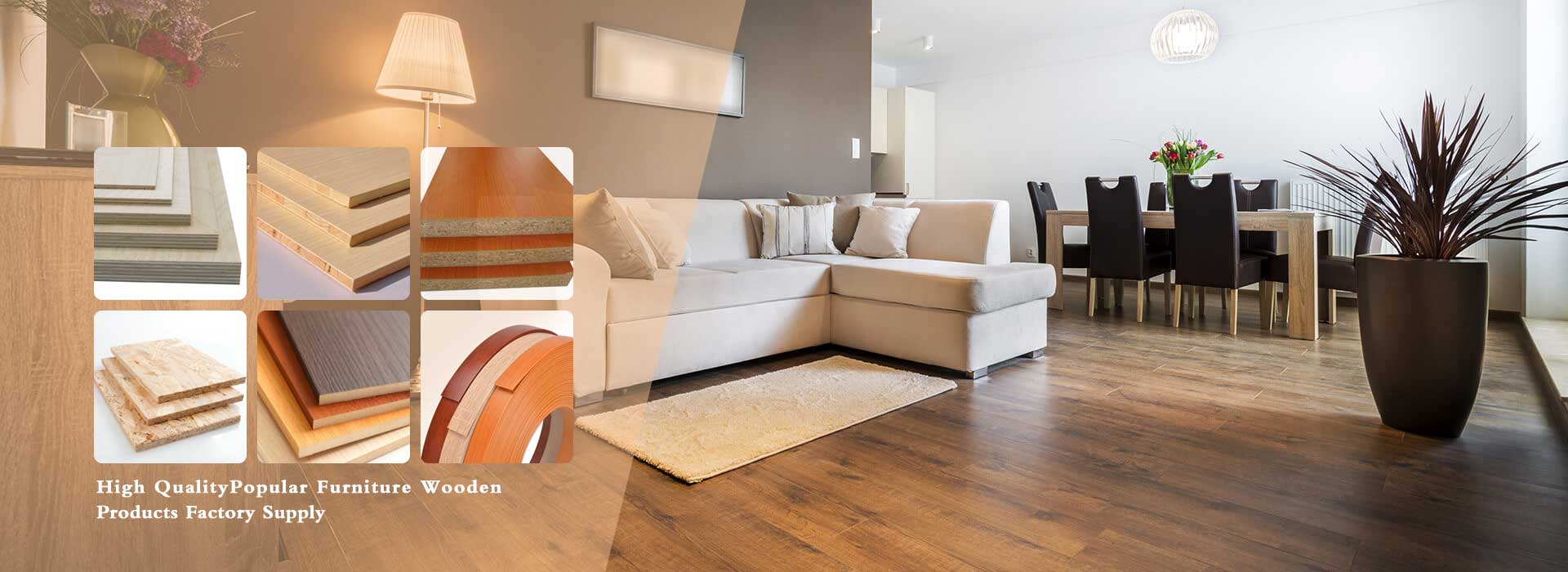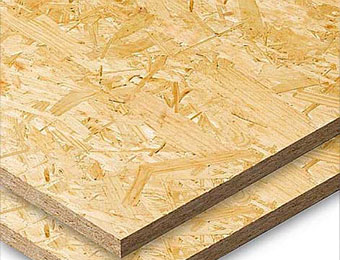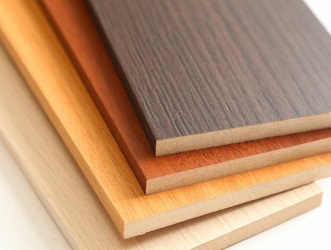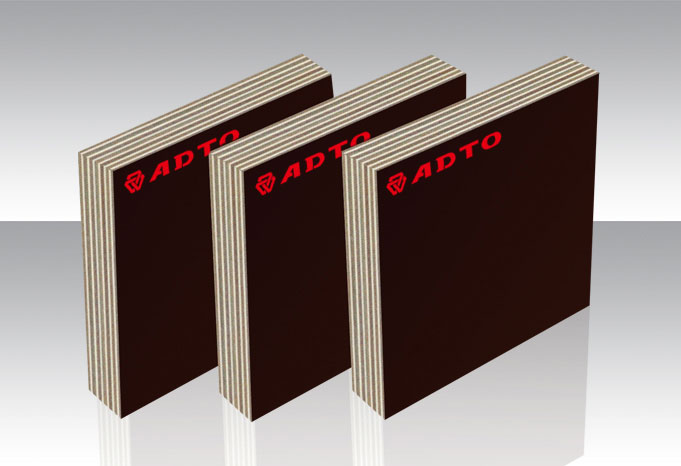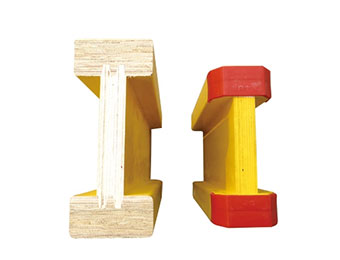In the world of construction and woodworking, plywood and MDF (Medium Density Fiberboard) are two commonly used materials. While both have their merits, plywood takes the lead in terms of durability, versatility, and overall performance. This article aims to delve into the reasons why plywood is often deemed superior to MDF and why it should be the preferred choice for various projects.
1. Plywood: The King of Durability
Plywood is renowned for its exceptional strength and durability. Composed of multiple layers of wood veneer, glued together with each layer's grain running in alternate directions, plywood offers superior structural integrity. It can withstand heavy loads, moisture, and temperature changes without warping or cracking. In contrast, MDF is made from compressed fibers and resin, making it less resistant to impact and poor in durability.
2. Versatility: Plywood Takes the Lead
Plywood is highly versatile and finds application in a wide range of projects. Due to its strength, it is commonly used in construction, flooring, furniture, and even marine applications. Plywood can be easily shaped, cut, and drilled, making it ideal for complex designs and customizations. In comparison, MDF is less versatile as it is not as strong and prone to moisture absorption, limiting its applications to mostly indoor furniture and cabinetry.
3. Moisture Resistance: Plywood Wins
One of the key factors that differentiates plywood from MDF is its ability to withstand moisture. Plywood's layers are bonded with water-resistant glues, making it suitable for both indoor and outdoor use. Even if it gets wet, plywood retains its structural integrity, making it a preferred choice for areas with high humidity, such as kitchens and bathrooms. Conversely, MDF is prone to swelling and warping when exposed to moisture, making it unsuitable for areas that are consistently damp.
4. Eco-Friendly Choice: Plywood Edges Ahead
Another factor that tilts the scale in favor of plywood is its eco-friendliness. Plywood is made from sustainable wood sources, adhering to responsible forestry practices. It can be easily recycled and even used as compost. MDF, on the other hand, is made from wood fibers and sometimes includes added chemicals, which can release formaldehyde. This not only poses health risks but also makes it less eco-friendly compared to plywood.
While both plywood and MDF have their uses, plywood emerges as the superior choice concerning durability, versatility, moisture resistance, and eco-friendliness. Its strength and flexibility make it suitable for a wide range of applications, from construction to furniture-making. When selecting materials for your next project, give preference to plywood, and enjoy the numerous benefits that it offers over MDF.


